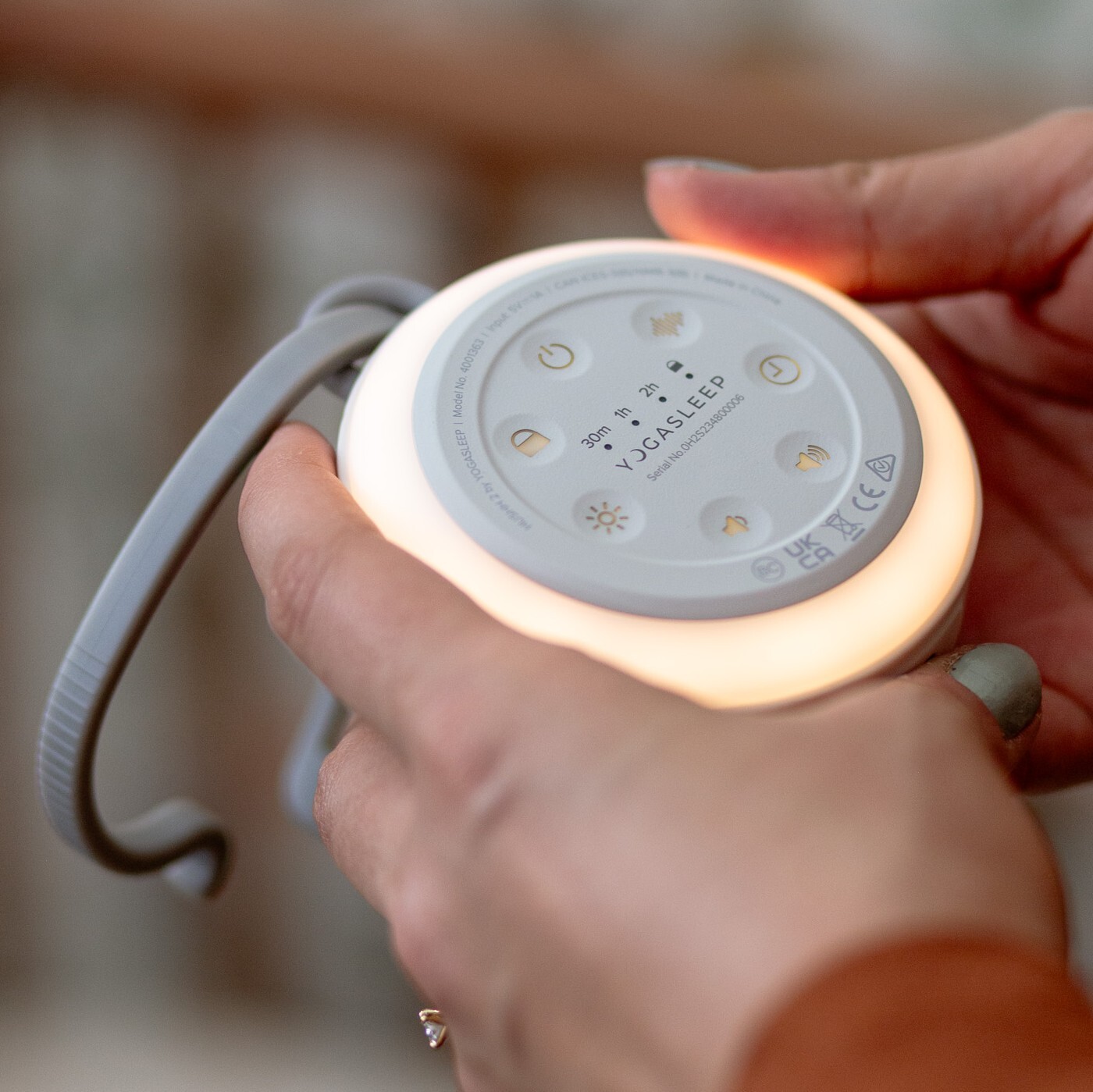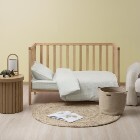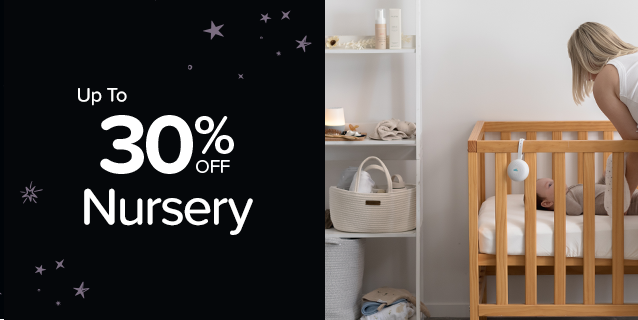The Toddler Sleep Problem:
Overview of toddler sleep problem:
1 Age of toddler: 18 months
2. Where does your toddler sleep? In a crib, sharing a room with his older brother
3. Tell me about your daytime routine i.e. what times does s/he have feeds/solids/sleeps/bedtime?
Fairly regular routine. Up around 7 am, usually eats well at breakfast, play, lunch, nap by 11:30 a.m. for almost 2 hours, snack, dinner, 7:30 bedtime
4. How do you settle your toddler at sleep time and bedtime?
Bath, bottle, easy to put to bed
5. What times does s/he wake in the night? Always about the same times?
7-12 is great. Then 12, 1, 3, 5 or something like that. Not always at the same time.
6. What happens when your toddler wakes? i.e does s/he grizzle/cry/scream? Always fed when s/he wakes?
Starts crying, then screams bloody murder as he's very angry if we don't pick him up immediately. He's off the night time bottle now.
7. Does your toddler kick off blankets? Is s/he in a sleeping bag?
No
8. Does s/he move about in her cot? Stand up? Bump her head on the end
of the cot? Climb out of bed?
Yes - stands when he wakes
9. Does s/he have any sleep cues, such as being fed to sleep, rocked, needs you there, sleep music or mobile?
Back rubbed a bit. Putting to bed the first time is easy. It's the subsequent wakings that are difficult since he won't go back down easily even if we follow the same bedtime routine
10. Does s/he use a dummy? Just to fall asleep or while s/he is asleep?
How many times do you put it back in during the night?
No dummy
11. Does s/he have a blankie or special toy that s/he always has at sleep times?
No. we've never been able to get him attached to something.
12. How do you feel about leaving your toddler to cry? Have you tried it, for how long and what happened?
We're currently in a tough spot: a tiny apartment in central Tokyo with thin walls and neighbours who aren't too happy about a screaming toddler.
13. Are there any other relevant issues or information?
He's a very active child during the day, "hyper-alert" according to his paediatrician.
Our recommended toddler sleep solution:
Based on the information you have supplied, I think that you will be able to make a real difference to your toddler’s sleep. There are a few key areas to work on, and once you have decided on a plan of attack, the nights should become easier very quickly.
The main thing is to teach your toddler that he can resettle himself when he stirs or wakes in the night. At the moment he thinks he needs you there to fall back to sleep. If he can fall asleep at bedtime without you there, this shouldn’t take too long to learn during the night. If he needs you with him when he falls asleep at bedtime, you will need to also wean him off needing you then, or it will give him a confusing message about what he needs to go to sleep.
All babies and adults wake in the night, but being able to resettle yourself can take some children a while to learn. As long as you continue to pick him up and tend to him in the night, he is likely to continue waking for your attention. Once your explain to him that he is going to need to go back to sleep by himself, then follow through with consistent behaviour when he wakes crying, he is going to learn to resettle himself.
As you said yourself, your living situation in a small apartment makes a crying out approach more difficult. So you have a couple of options for teaching your toddler to self settle:
1. Use crying it out:
- Explain to your neighbours what you are doing and that it should only be for a few nights.
- Have your older child sleep on a mattress in your bedroom until his brother is sleeping better.
- If you want to try the cry it out method, and need more information on how to tackle this, The Sleep Book is a quick read that will cover all your questions on that technique.
2. Use the ‘No Cry Sleep Solution for Toddlers’ approach:
- These techniques may take longer to teach your toddler to sleep through the night, but they definitely work and you never need to leave him to cry.
- They work on the basis of gradual behaviour change, so you slowly teach him that he can resettle without needing to be picked up by you.
- This would be a really good option for your situation of your children sharing a room and you being in a small apartment.
- You both need to commit to the program and be really consistent, and stick with using the techniques, even if the progress can seem a bit slow at times.
- The techniques cover settling problems, night-waking, needing a parent to fall asleep and visits to the parents' bed etc.
- For full details, see The No Cry Sleep Solution for Toddlers & Preschoolers.
Some other areas that may help your toddler’s sleep improve include:
- Sleeping environment
- Positive sleep associations
- Bedtime
Sleeping environment:
Moving about and standing in the cot is a really common reason for toddlers waking, and a key reason why he has been hard to settle.
This is a really easy issue to fix using a Babe Sleeper. He is on the older side to introduce one, however if you want to stop him standing in the cot, this could be worth trying. He will be able to sit up and roll over, but not stand.
Another option is to introduce a regular toddler sleeping bag. These can be used with toddlers up to age 4, depending on which size you purchase. A sleeping bag means your toddler won’t need any blankets, won’t wake from the cold and no matter where in his cot he ends up, he will be cosy.
Sleeping bags are also a great sleep association – this means getting zipped into the sleeping bag tells your toddler that it is sleep time. As long as he remains in the bag, he knows it is still time for sleeping. They are also really useful if you travel or are out during the day for his sleeps, as you can ensure he always has his familiar sleeping environment with him.
I highly recommend the merino Woolbabe, as they are 100% natural fibre and have fabulous design features like being able to use them in a pushchair or carseat.
Positive sleep associations
I recommend you introduce some additional sleep associations for your toddler, so when he sees/hears particular things, he knows it’s time to sleep (and stay asleep). It’s essential that anything you use for a sleep association will be there if he wakes in the night, which is the key difference from the sleep association with needing you to resettle him.
Positive sleep associations can really help with settling at bedtime, night-waking, sleeping when you are out or in unfamiliar places.
The best ones are:
- Sleep music –Try leaving a baby sleep CD on repeat quietly during the night. Music for Dreaming or Dreamland are both lovely. Use it just prior to bedtime to relax your toddler and talk about listening to his sleep music.
- Sleeping bag – as above, the process of getting zipped into a sleeping bag every time you sleep quickly forms a clear message to toddlers it’s time to sleep. Make sure you use your sleeping bag for all sleeps.
- Comfort blankie – A little blankie or special toy is a great association with sleeping and is great for babies aged over 7 months who can easily find/cuddle them at night. They also become great transitional objects for your toddler. You can try to get your toddler attached to one by getting it to smell like you (put it up your top for a few hours/overnight) and I recommend only letting him have it at sleep times. My favourites for toddlers are Cuski, Jellycat or The Sleep Store range. Or you can get him to choose something he likes. You could also try putting your PJ top or a T-shirt you’ve been wearing in his cot.
Bedtime:
I recommend you have your toddler in bed by 7pm at the latest.
Any later that this, and you risk him being over-tired. Over-tired babies and toddlers often have more unsettled sleep during the night, as well as being harder to settle when they go to bed.

























